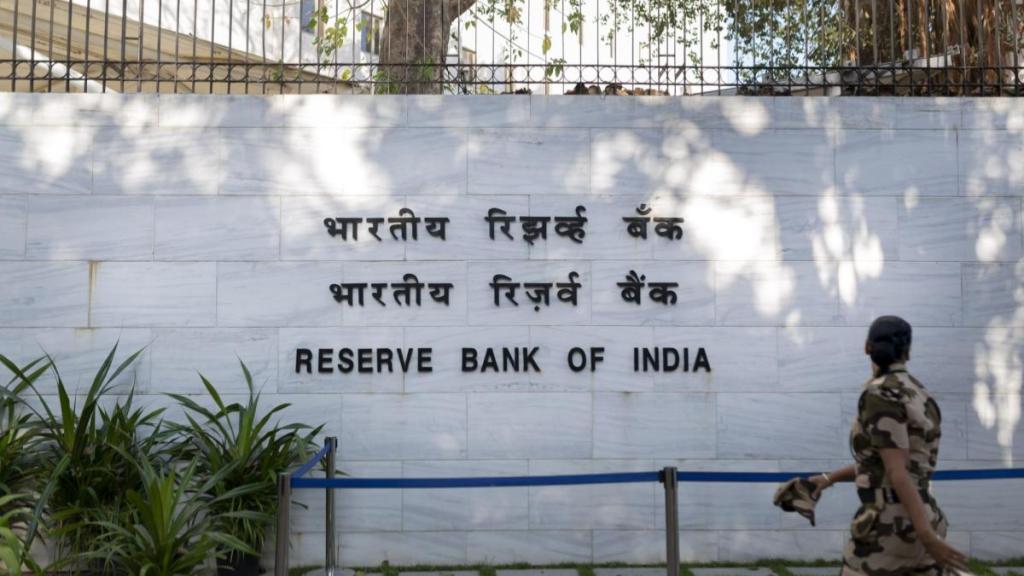The Peer-to-Peer (P2P) lending industry is staring at a potential decline in new investments and subdued growth following the tightening of regulations by the Reserve Bank of India. The new guidelines have barred P2P platforms from offering ‘immediate withdrawal facility’, which was a major attraction for investors. Several players have already communicated with their customers informing them that they have discontinued the facility.
“Several P2P platforms were offering liquidity options or the immediate withdrawal facility. After the new RBI guidelines, P2P players have stopped offering this facility,” said a member of the Association of P2P Lending Platforms. “This is a major setback for our industry, as this feature was a significant draw for our investors. We expect a considerable decline in both new investors and new investments.
The immediate withdrawal facility was marketed under the guise of secondary market transactions. In this set-up, if a lender which has originally lent an amount of Rs 100 for a 12-month period decides to withdraw the remaining Rs 80 after two months, the P2P platform facilitates this by selling the remaining loan (Rs 80) to a new lender which is interested in lending. Essentially, this process functions as a transfer of loans from the original lender to a new one.
The RBI has also barred the use of algorithm in selection of borrowers. Lenders have to now choose borrowers manually. “Our platform was using algorithm-based selection of borrowers. In orders to minimise risk, we spread the loan amount among more than 100 borrowers and this process was done through algorithm. Now, lenders will have to do this manually, which will not only take more time, but also test his patience,” said a founder of a P2P lending platform.
The industry is also expecting operational costs to rise. Under the new norms, a platform will require funds in the escrow accounts of lenders and borrowers to be cleared within a day (T+1), which means higher transfer charges.
“The requirement for any lender funds not deployed within T+1 to be returned and all repayments to be directed back to the lender’s personal bank account might disrupt the intended investment flow. This contrasts with the current option where lenders can choose to reinvest and benefit from compounding,” said Mukesh Bubna, founder of Monexo, an RBI-licensed P2P lending platform.
He added that the requirement for platforms to return borrower repayments to lenders’ accounts on T+1 could lead to increased operational costs, which may raise questions about the long-term viability of P2P platforms.
The RBI tightened the rules for P2P lending platforms on Friday, prohibiting them from taking on any credit risk, offering credit enhancement, or providing guarantees. In the revised guidelines issued, the RBI said a P2P platform should not promote peer-to-peer lending as an investment product with features like tenure-linked assured minimum returns, liquidity options, etc.


